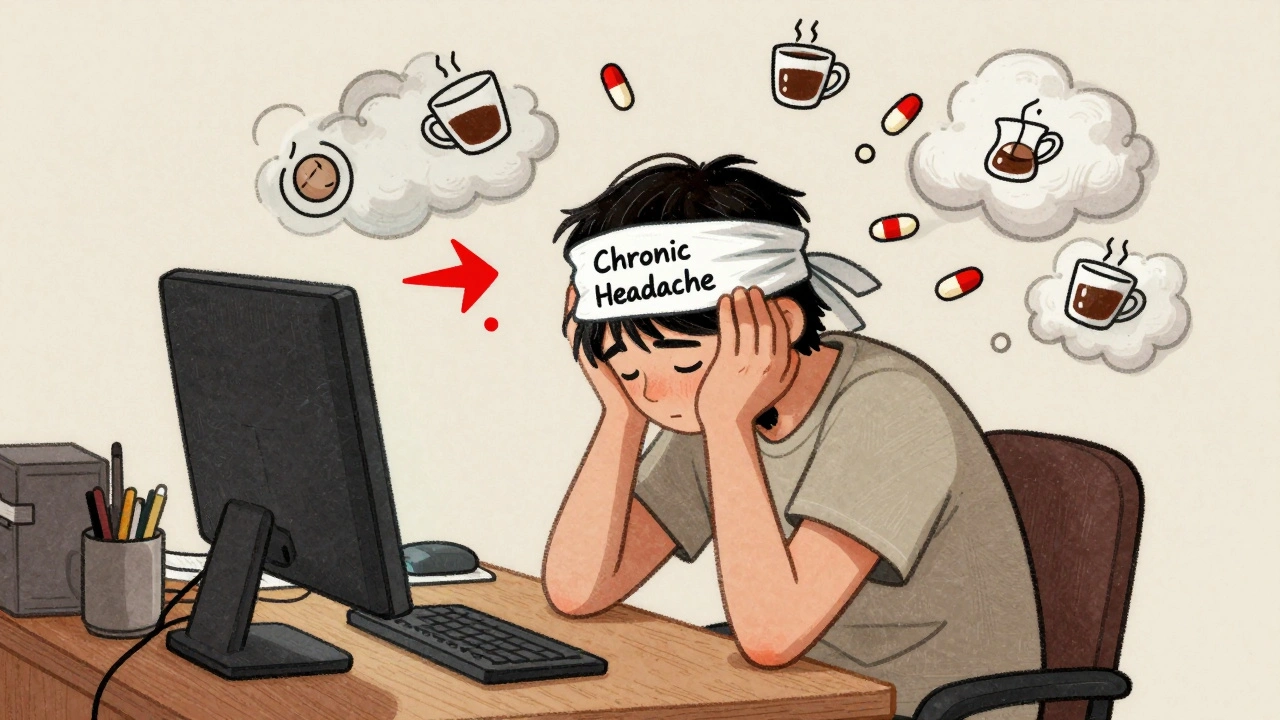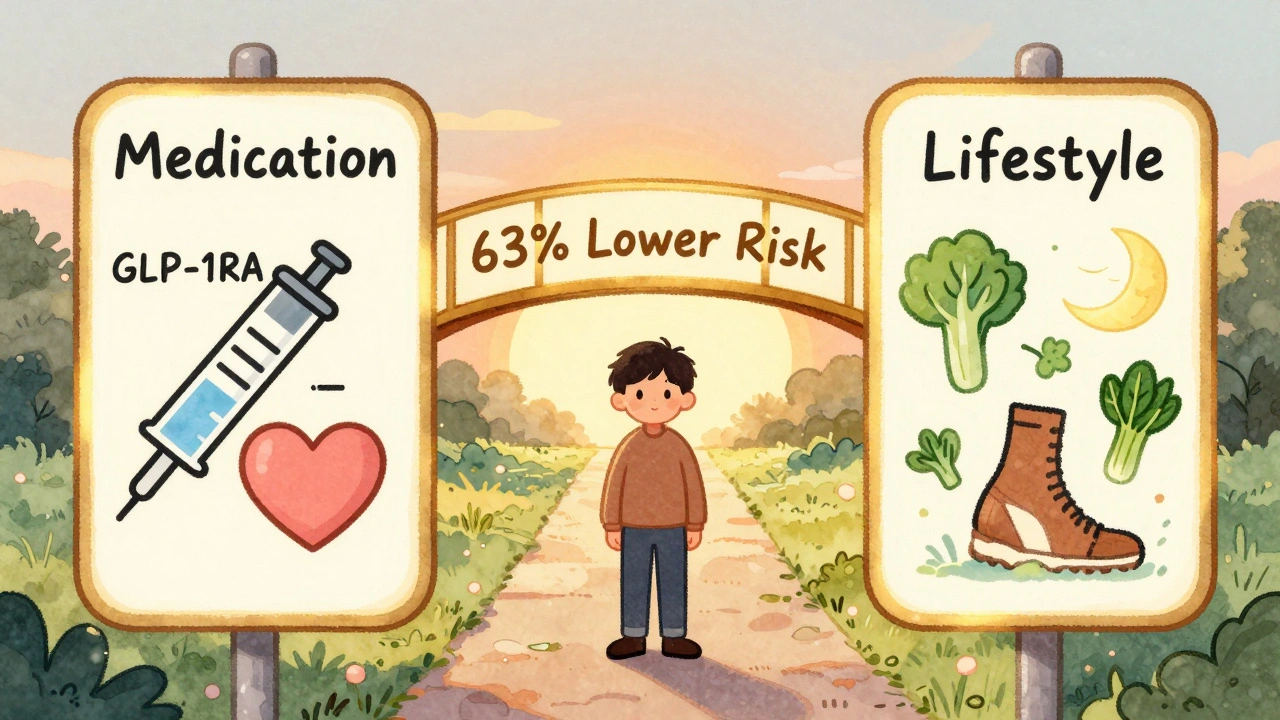Breathing Exercises: How They Help Stress, Blood Pressure, and Overall Health
When you slow down your breath, you’re not just calming down—you’re telling your nervous system to switch from fight-or-flight to rest-and-digest. breathing exercises, deliberate patterns of inhaling and exhaling used to influence physical and mental states. Also known as controlled respiration, they’re one of the few tools that work on both your body and your mind at the same time. Unlike pills or fancy gadgets, you already have everything you need: your lungs, your diaphragm, and a few minutes a day.
These techniques don’t just make you feel better—they change measurable things in your body. Studies show that regular practice can lower resting heart rate and reduce systolic blood pressure by 5 to 10 points in people with mild hypertension. That’s similar to the effect of some first-line medications, but without the side effects. stress reduction, the process of lowering the body’s physiological response to mental or emotional pressure is one of the most well-documented outcomes. People who do just 5 to 10 minutes of diaphragmatic breathing daily report less anxiety, better sleep, and fewer panic attacks. And it’s not just for people with anxiety—athletes, nurses on night shifts, and even students before exams use these methods to stay sharp under pressure.
lung function, how well your lungs move air in and out, measured by capacity and efficiency improves too. People with COPD or asthma often use paced breathing to reduce shortness of breath. Even healthy people benefit—deep breathing strengthens the diaphragm, clears stale air from the lungs, and boosts oxygen delivery to tissues. Then there’s relaxation techniques, methods designed to trigger the body’s natural calming response, which include box breathing, 4-7-8 breathing, and coherent breathing. Each has a slightly different rhythm, but they all work by activating the vagus nerve, which slows your heart and quiets your mind.
You don’t need special equipment, a quiet room, or hours of training. Just sit or lie down, close your eyes, and breathe in for four counts, hold for two, breathe out for six. Do that for five minutes. That’s it. The real power comes from doing it daily, not perfectly. The collection below shows how breathing exercises connect to real health issues—from managing high blood pressure and anxiety to improving recovery after illness and even helping with medication side effects. You’ll find practical guides on how to use breathing as a tool, not just a trick, and how it fits into broader health strategies.

Obstructive Pulmonary Disease and Exercise: Practical Tips to Stay Active and Healthy
Learn practical, science-backed ways to stay active with obstructive pulmonary disease. Start small, breathe smarter, and build endurance without overdoing it-because movement is key to living better with COPD.





